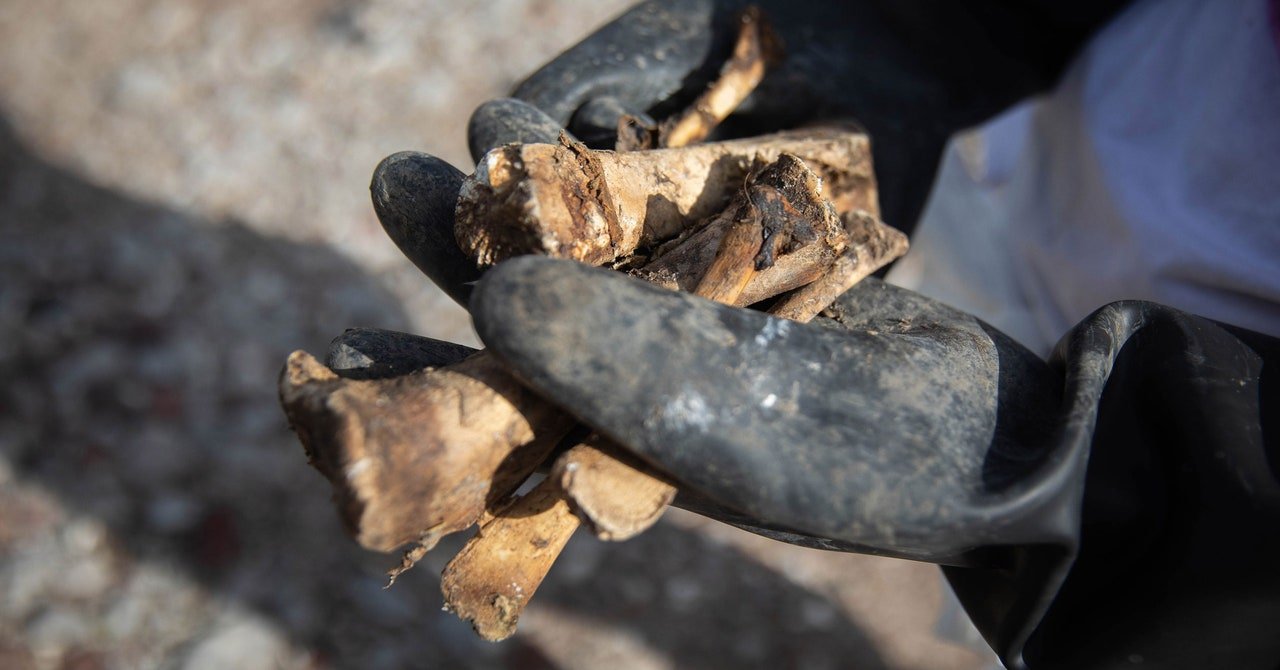
How Researchers Are Using Geospatial Technology to Uncover Mexico’s Clandestine Graves
-
by Anoop Singh
- 5
In 2014, after the disappearance of 43 Ayotzinapa normalistas in Mexico, Silván and other CentroGeo professionals joined the scientific advisory board on the case. During the search for the students, different civilian groups and government brigades detected dozens of illegal graves. In less than 10 months, the Mexican Attorney General’s Office counted 60 sites and 129 bodies in the state of Guerrero. As a result of the raids, 300 illegal graves were revealed. Since then, the number of clandestine graves has only grown.
No one anticipated the size of this horror. The report “Searching between pain and hope: Findings of clandestine graves in Mexico 2020 – 2022”, exposes with hemerographic data that in those two years, 1,134 clandestine graves were registered, with 2,314 bodies and 2,242 remains. In proportional terms, Colima reported the highest rate of illegal graves, with 10 per 100,000 inhabitants. It was followed by Sonora, Guanajuato, Guerrero, Sinaloa and Zacatecas.
By number of cases, Guanajuato, Sonora and Guerrero stand out. These three entities account for 42% of the records. By April 2023, a journalistic investigation by Quinto Elemento Lab reported that the number of illegal burials reached 5,696 clandestine graves, and that more than half of them were detected during the current federal administration.
Employing his field of study, remote sensing, José Luis Silván uses images captured with satellites, drones or airplanes, from which he extracts geospatial information using knowledge of the physics of light, mathematics and programming. Multispectral and hyperspectral images capture subsurface information using sensors that record wavelengths of light imperceptible to the human eye, making them useful for searching.
In 2016, during a first study by CentroGeo researchers, they simulated burials with pig carcasses to evaluate the potential of using hyperspectral cameras in searches and learn what information from the sensors was useful to them. The Mexican researchers knew from research in other countries that successful detection with these techniques depends, in part, on being able to recognize how carcasses (and their spectral images) change in different soils and climates.
The experiment was carried out on rented land in the state of Morelos. There they buried seven animals and evaluated the light reflected by the soil at different wavelengths for six months. They concluded that a hyperspectral camera, which provides more than a hundred layers of data, has the potential to detect clandestine burials, although the technique is only effective three months after burial. They tried to arrange for the acquisition of a camera and drone (valued at 5 million pesos) through the National Search Commission, but were unsuccessful.
In 2014, after the disappearance of 43 Ayotzinapa normalistas in Mexico, Silván and other CentroGeo professionals joined the scientific advisory board on the case. During the search for the students, different civilian groups and government brigades detected dozens of illegal graves. In less than 10 months, the Mexican Attorney General’s Office counted 60 sites and…
In 2014, after the disappearance of 43 Ayotzinapa normalistas in Mexico, Silván and other CentroGeo professionals joined the scientific advisory board on the case. During the search for the students, different civilian groups and government brigades detected dozens of illegal graves. In less than 10 months, the Mexican Attorney General’s Office counted 60 sites and…
